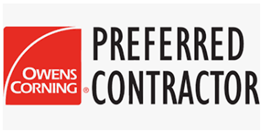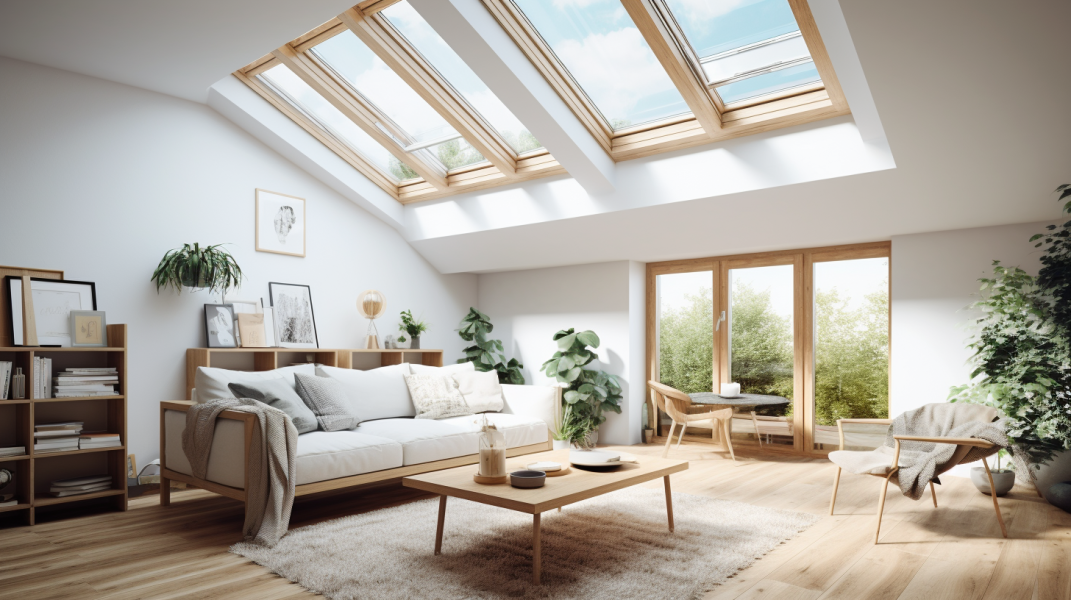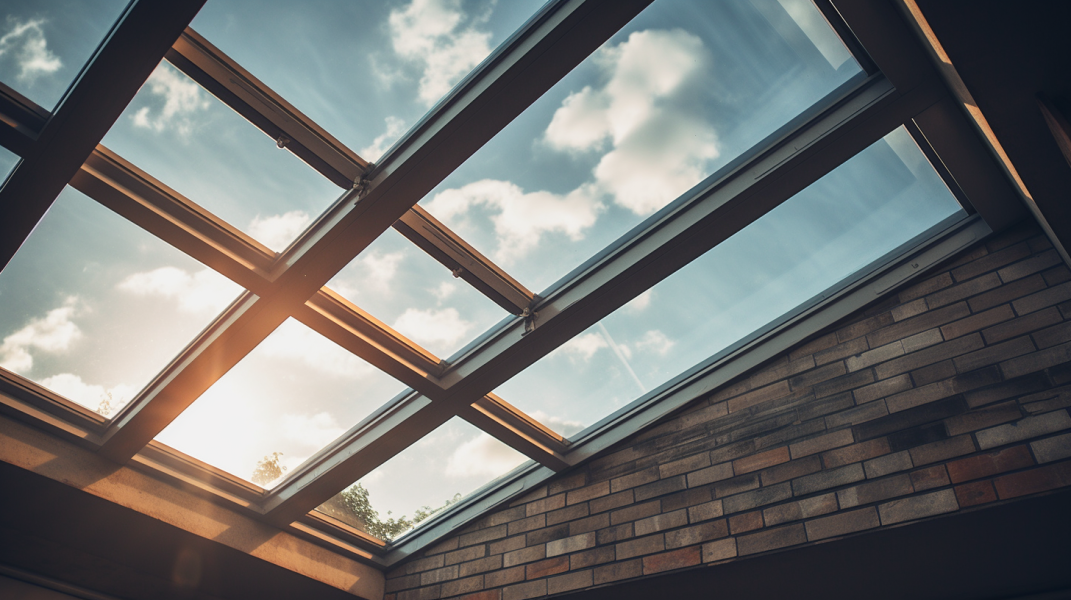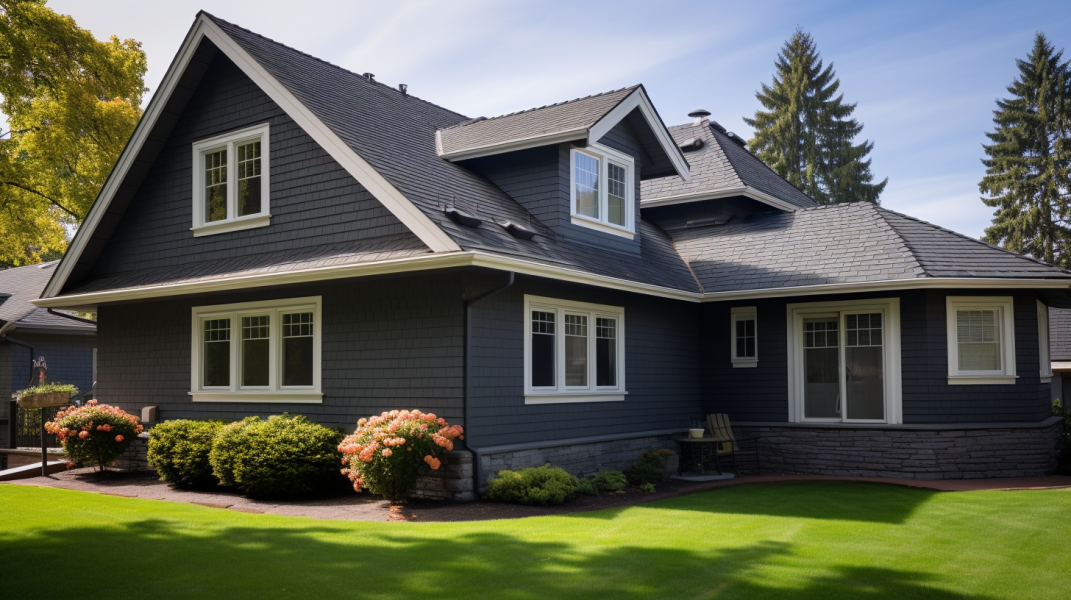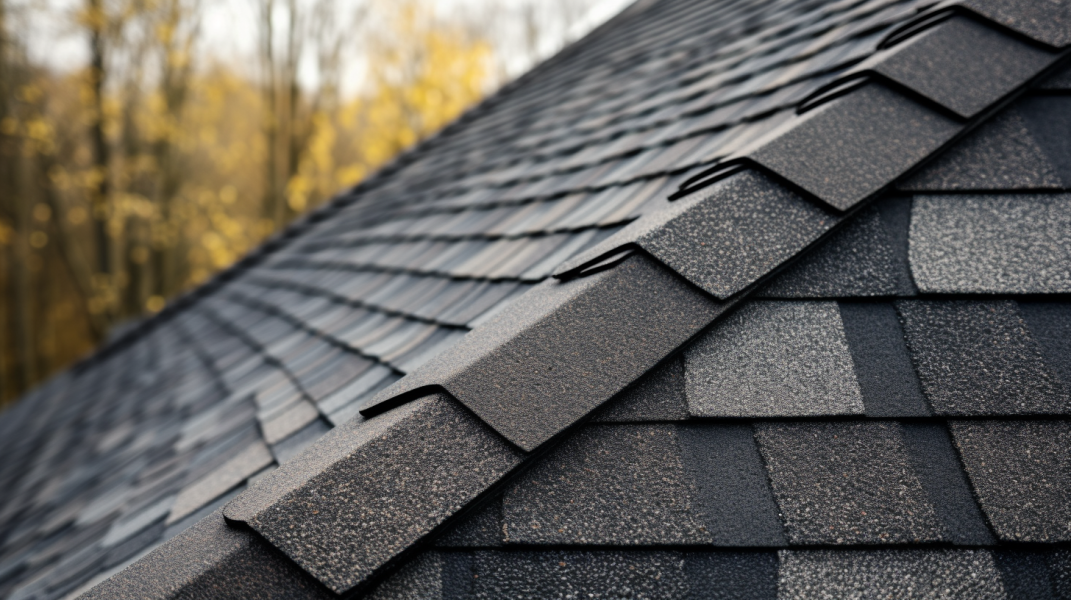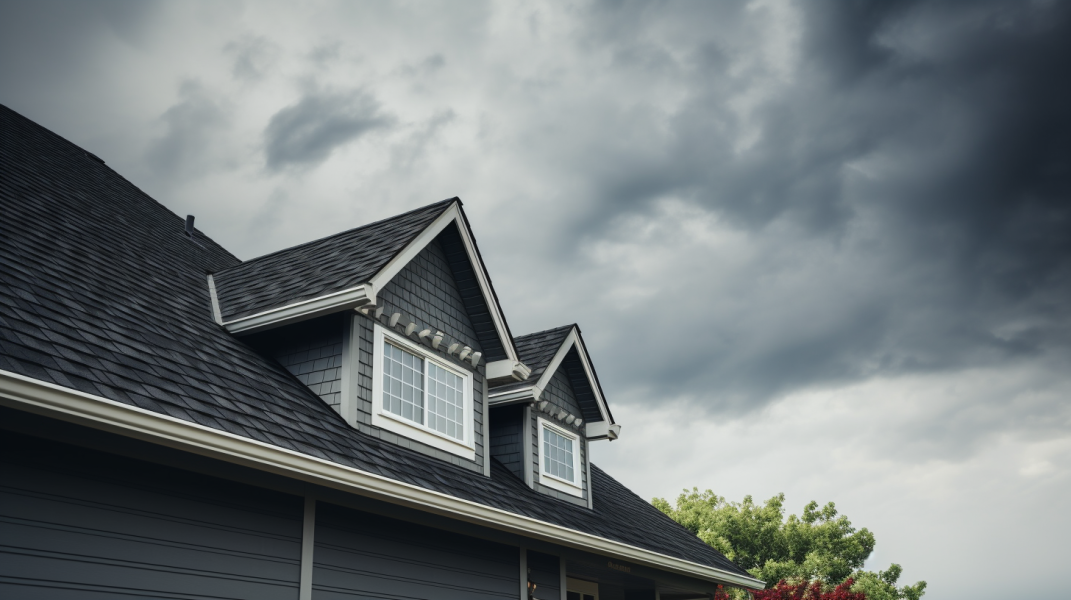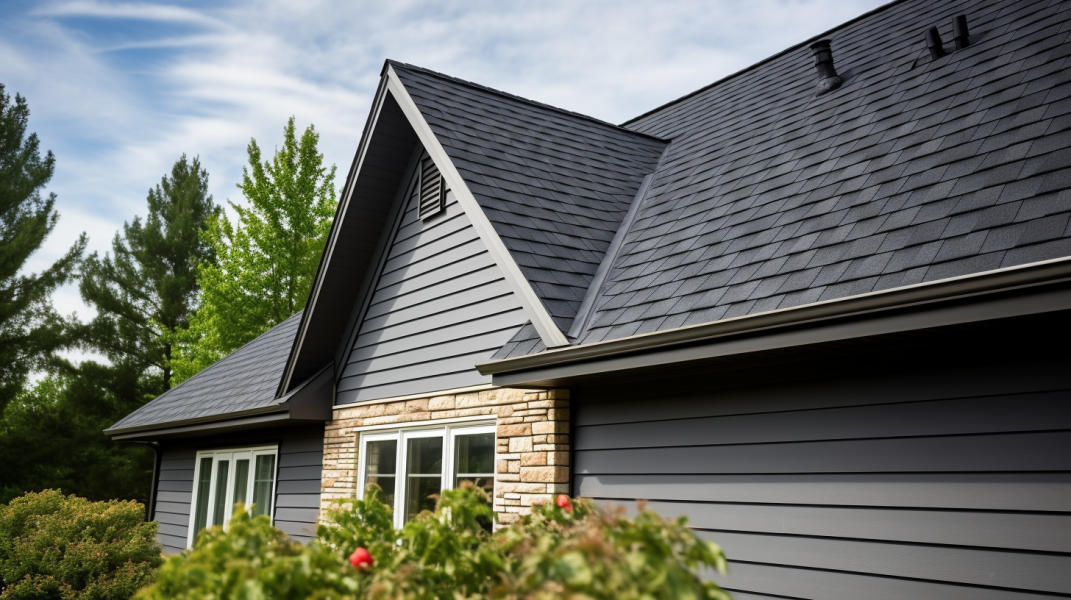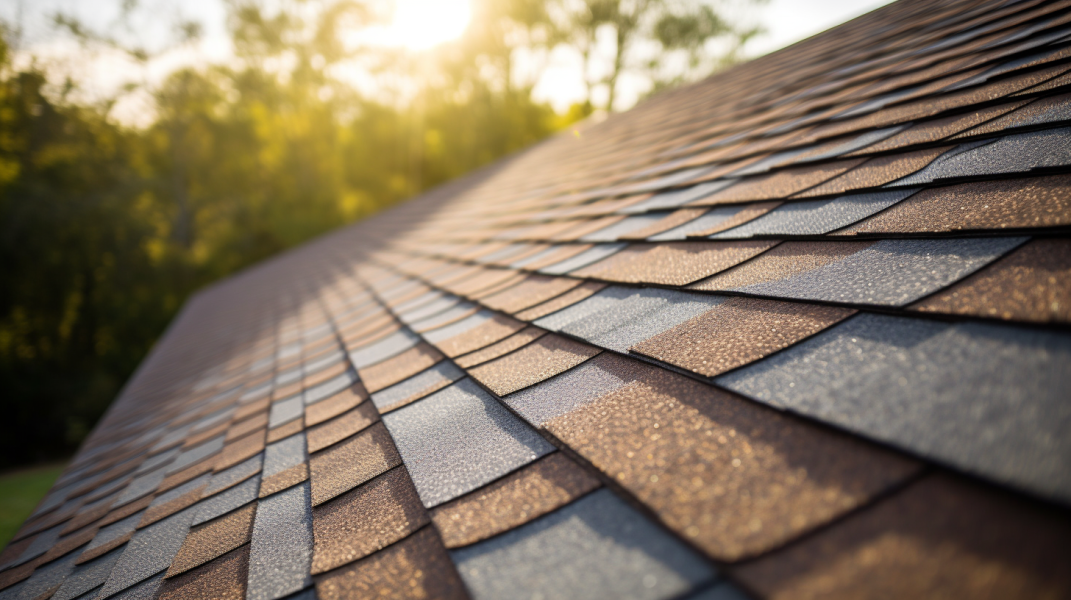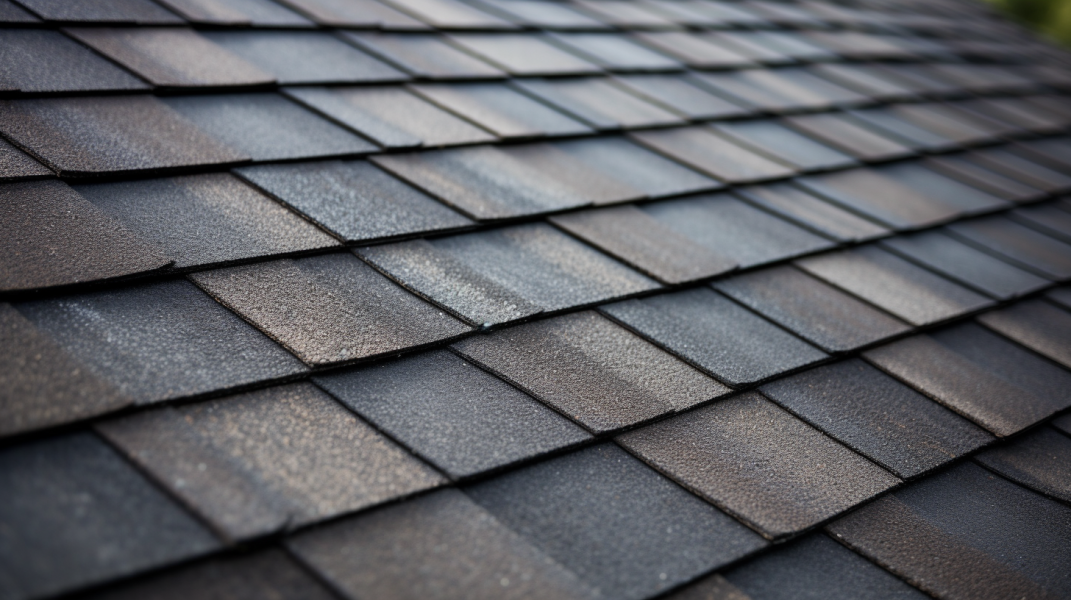Different Roofing Styles and Their Pros and Cons
When selecting a roof for your home, there are various styles. Each roofing style has its own unique characteristics and advantages. This article will explore common roofing styles and discuss their pros and cons. This should help you make a more informed decision.
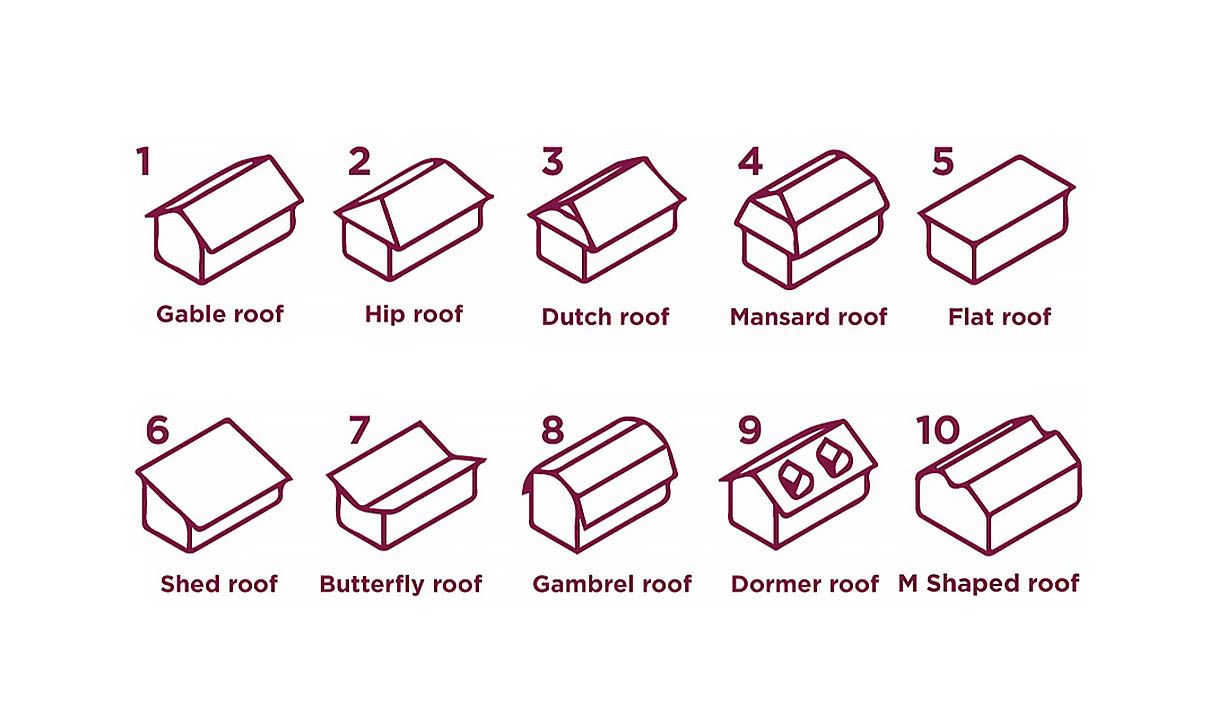
Different Roofing Styles and Their Pros and Cons
The roofing material and style you choose affect your experience. A metal roof, for instance, lasts longer than other roofing materials like asphalt shingles, but it's prone to rusting. Knowing their pros and cons can help you decide.
Here are the common roofing types and what makes them unique.
1.Gable Roofs
The simple and timeless design of gable roofs makes them highly favored. These roofs consist of two inclined sides that converge at the top, creating a triangular structure. Here are the advantages and disadvantages associated with gable roofs:
Pros:
- Gable roofs provide excellent ventilation and natural light.
- They allow for the installation of solar panels on the south-facing slope.
- Gable roofs are compatible with various roofing materials, including asphalt, metal, and slate shingles.
Cons:
- In high-wind areas, gable roofs can be prone to wind damage.
- The vertical walls, known as gable ends, can be susceptible to leaks if not properly constructed or sealed.
2.Flat Roofs:
Flat roofs, if any, have a minimal slope and are commonly found on modern homes or commercial buildings. Let's examine the pros and cons of flat roofs:
Pros:
- Flat roofs provide additional space for rooftop gardens, solar panels, or HVAC units.
- They are relatively easier to access for maintenance and cleaning.
- Flat roofs can be more cost-effective compared to other roofing styles.
Cons:
- Flat roofs require proper drainage systems to prevent water pooling and leaks.
- They may have a shorter lifespan due to the increased exposure to the elements.
- Flat roofs may require more frequent maintenance compared to sloped roofs.
3.Mansard Roofs:
Mansard roofs, also known as French roofs, are characterized by their double-sloping design. The lower slope is steeper than the upper slope, creating additional living space in the attic. Let's explore the pros and cons of mansard roofs:
Pros:
- Mansard roofs, especially stucco or modern-style houses, add character and charm to homes.
- The extra space in the upper slopes can be utilized for storage or converted into living areas.
- Mansard roofs provide good resistance against wind and heavy snow loads.
Cons:
- Mansard roofs can be more expensive to construct due to their complex design.
- The lower slopes of mansard roofs have a lesser angle, which may limit attic headroom.
- In high-wind areas, mansard roofs may require additional reinforcements to withstand strong gusts.
4.Hip Roofs:
A hipped roof has slopes on all four sides, meeting at a ridge or a flat top. They are known for their stability and aesthetic appeal. Let's explore the pros and cons of hip roofs:
Pros:
- Hip roofs offer excellent wind resistance due to their sloping design.
- They provide a more uniform appearance compared to gable roofs.
- Hip roofs are compatible with many roofing materials, including asphalt shingles, metal roofing, and wooden shakes.
Cons:
- The complex design of hip roofs can result in higher construction and maintenance costs.
- The inward slopes of hip roofs may limit the amount of natural light and ventilation in the attic.
- Hip roofs may have a slightly higher risk of leaks at the upper slopes and valleys.
5.Gambrel Roofs:
A Gambrel roof is often associated with barn-style structures. They feature two slopes on each side, with the lower slope being steeper than the upper slope. Here are the pros and cons of gambrel roofs:
Pros:
- Gambrel roofs provide extra space in the attic, allowing for more usable living or storage areas.
- They have good resistance against heavy winds and snow loads.
- Gambrel roofs add a touch of traditional charm and uniqueness to homes.
Cons:
- The complex design of gambrel roofs can result in higher construction costs.
- The steep lower slopes may require additional support and framing.
- Gambrel roofs may not be suitable for areas with high wind or hurricane risks.
6.Bonnet Roofs:
A bonnet roof is a variation of hip roofs, with the addition of overhanging eaves on all sides. This style offers both aesthetic appeal and practical benefits. Let's explore the pros and cons of bonnet roofs:
Pros:
- Bonnet roofs provide extra protection to the house's walls against sun and rain.
- They offer increased shade and can help keep the interior of the house cooler.
- Bonnet roofs can add a unique architectural element to traditional and modern homes.
Cons:
- The overhanging eaves of bonnet roofs may require additional maintenance and cleaning.
- The complex design of bonnet roofs can result in higher construction costs.
- Bonnet roofs may limit the installation of solar panels due to the reduced available roof space.
7.Shed Roofs:
Shed roofs, or mono-pitched roofs, have a single slope and are often used for additions, sheds, or modern-style homes. Here are the pros and cons of shed roofs:
Pros:
- Shed roofs are simple in design, making them cost-effective and easy to construct.
- They provide efficient water runoff and allow for easy installation of gutters.
- Shed roofs offer the possibility of large windows or skylights, allowing ample natural light.
Cons:
- The low slope of shed roofs may limit the usable space in the attic or upper levels.
- Shed roofs are more prone to wind damage, especially in high-wind areas.
- The limited pitch of shed roofs may require specially treated roofing materials to ensure water resistance.
8.Butterfly Roofs:
Butterfly roofs feature two inward-sloping panels that meet in the middle, resembling a butterfly's wings. This style is often chosen for its unique appearance and eco-friendly benefits. Let's explore the pros and cons of butterfly roofs:
Pros:
- Butterfly roofs allow for increased natural light and ventilation between the two slopes.
- They provide an opportunity for rainwater collection and sustainable design.
- Butterfly roofs can be a visually striking addition to modern, environmentally conscious homes.
Cons:
- The unique design of butterfly roofs may require specialized construction techniques and higher costs.
- The inward slopes may result in more difficult maintenance and gutter installation.
- Butterfly roofs may require regular inspection and maintenance to ensure water tightness.
9.Metal Roof
Metal roofs have gained popularity in recent years due to their durability and modern aesthetic. Metal shingles are used in these roof types, offering high wind-resistant performance and other benefits. Here are the pros and cons of metal roofs:
Pros:
- Metal roofs are highly durable and can withstand harsh weather conditions, including high winds and heavy snow.
- They have a long lifespan, often lasting 50 years or more, which can result in cost savings in the long run.
- Metal roofs are energy-efficient, reflecting solar heat and reducing cooling costs.
Cons:
- Metal roofs can be more expensive upfront compared to other roofing materials.
- Metal roofs can be noisy if not properly insulated during rain or hailstorms.
- Metal roofs may require professional installation to ensure proper sealing and prevent leaks.
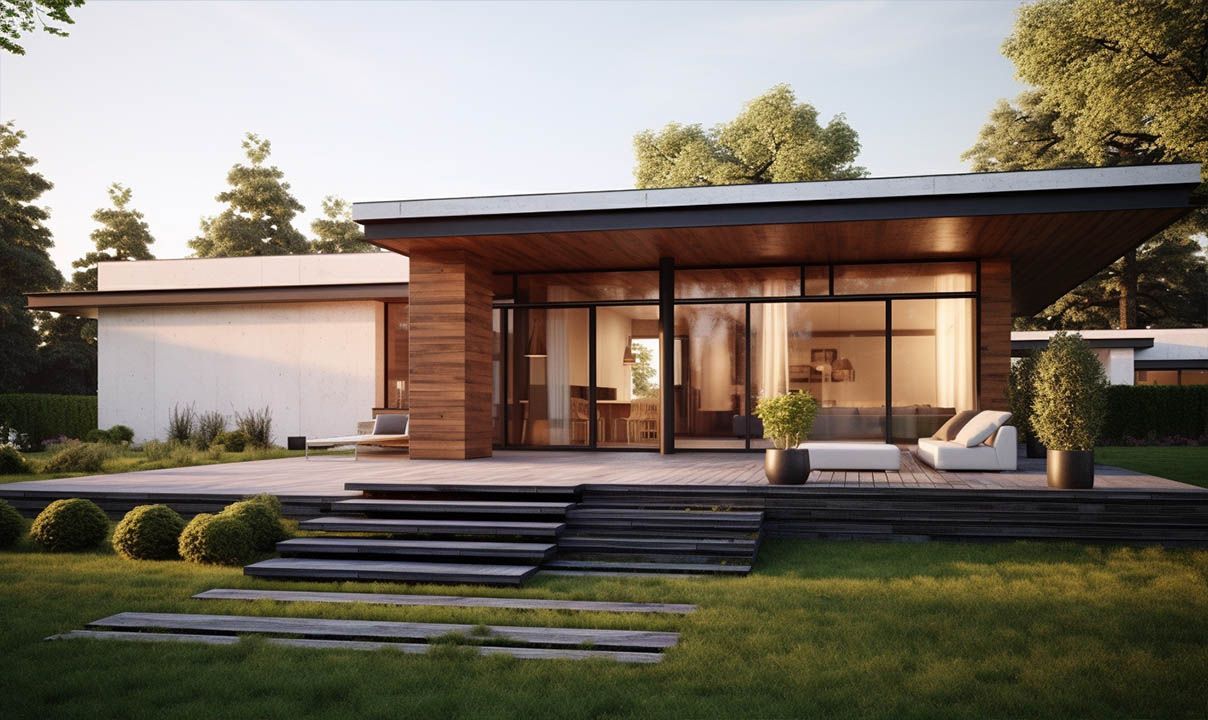
Conclusion
Whether you opt for a gable roof, flat roof, mansard roof, hip roof, or any other style, understanding the advantages and disadvantages can help you make an informed choice. You can choose the best building materials to meet your roofing needs and that of the housing market in general.
Working with a reputable roofer like Nova Home Improvements can make your work much easier. They have the expertise and knowledge to offer the best roofing solutions.


